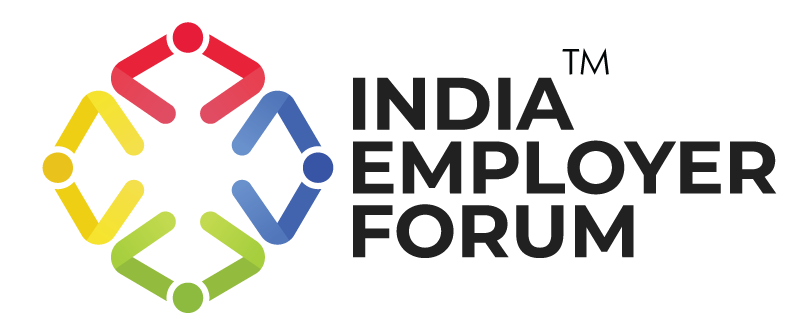Generative Artificial Intelligence (AI) has swiftly transitioned from a niche concept to a game-changing force across industries. According to a McKinsey report, about 75% of the value delivered by gen AI at work falls across four areas: Customer operations, marketing and sales, software engineering, and R&D. By harnessing advanced algorithms to generate text, images, music, and complex data insights, businesses are reimagining operations at an unprecedented scale. Nowhere is this transformation more evident than in Human Resources (HR). Many HR departments increasingly leverage generative AI at work to optimise talent acquisition, automate onboarding processes, and elevate employee engagement. From crafting personalised job descriptions to conducting AI-driven interviews, generative AI is reshaping the future of work, making HR more agile, data-driven, and candidate-focused.
Current trends in generative AI at Work
The generative AI market is experiencing exponential growth, driven by several key factors. Advancements in machine learning algorithms and computational power have significantly enhanced the efficiency, accessibility, and sophistication of generative AI models. Simultaneously, widespread industry adoption across healthcare, finance, and entertainment sectors accelerates innovation and operational optimisation. Moreover, substantial investments from venture capitalists and major corporations are fuelling research, development, and large-scale deployment, further propelling the expansion of this transformative technology.
Impact on Industries
Gen AI at work influences a broad spectrum of industries. Notably:
- Healthcare: Generative AI assists in medical image analysis, drug discovery, and personalised treatment plans.
- Finance: In banking, generative AI automates risk management and fraud detection. AI-generated algorithms analyse vast datasets to identify fraudulent patterns in real time, significantly reducing financial crimes.
- Entertainment and Media: Generative AI revolutionises content creation by generating realistic graphics, animations, and music compositions. This technology enables the production of high-quality content with reduced human intervention, fostering innovation in the creative process.
- Manufacturing: In manufacturing, generative AI optimises production processes, predictive maintenance, and quality control. AI models can predict equipment failures and suggest efficient production workflows by analysing data from sensors and supply chains.
- Retail and E-commerce: Generative AI enhances customer experiences through personalised recommendations and dynamic pricing strategies. By analysing consumer behaviour, AI systems tailor product suggestions and adjust prices in real-time to maximise sales and customer satisfaction.
The future of work in the age of generative AI
As generative AI continues to permeate various industries, its impact on the future of work becomes increasingly significant. Job transformation is a key consideration, as AI automates routine tasks while creating opportunities for new roles focused on overseeing AI systems, data analysis, and strategic decision-making. Workers will need to adapt by acquiring skills that complement AI capabilities. By handling repetitive and time-consuming tasks, generative AI enhances productivity, allowing employees to focus on more complex and creative aspects of their work. However, its integration also raises ethical and regulatory challenges, particularly concerning data privacy, algorithmic bias, and the potential for job displacement, making it essential to develop comprehensive policies and frameworks. Additionally, the dynamic nature of generative AI necessitates a culture of continuous learning, requiring organisations and individuals to invest in ongoing education and training to stay competitive in the evolving job market.
Gen AI at work is a transformative force reshaping industries and redefining the future of the workplace. Its ability to generate content and insights opens avenues for innovation, efficiency, and personalisation across various sectors. As this technology advances, embracing its potential while proactively addressing associated challenges will be essential for organisations and individuals aiming to thrive in this new era.
References:






